With the CUT 593 Mid-Tower, the renowned power supply manufacturer FSP (Fortron/Source) wants to gain a foothold in the highly competitive case market. Read on to find out whether two glass side panels and a fancy cable management system are really enough to directly attack the upper class. And if you’re wondering why there’s a “full” article today, although the MSRP cards and the Founders Edition are actually expected this afternoon: the reviews have been postponed until tomorrow, when all the cards can be presented together in the test.
The idea behind the CUT 593 is basically quite ingenious and when I saw the first photos of the integrated cable management, I couldn’t stop raving about it. Especially as FSP is also a renowned manufacturer and produces high-quality power supplies for many heavyweight brands. This, coupled with the rather lofty description “Premium Ultra”, certainly raised high expectations in me and I was eagerly awaiting this test. Let’s see what the case can do!
Unboxing
The CUT 593 Premium Ultra is packed in a plain cardboard box with subtle printing.
The back of the outer packaging is adorned with an exploded view of the housing.
And once exposed at the top and bottom.
The front is fitted with a plastic mask with hexagonal cut-outs as standard.
The cover is easily removable, hooked in at the bottom and held in place at the top/center with magnets.
Behind the cover are three 140mm ARGB fans, which don’t make the worst impression at first glance.
Cool: FSP also includes a metal cover with round cut-outs.
While the plastic cover is equipped with a non-removable dust filter, the metal front comes without additional dust protection.
The front frame can also be removed completely with a firm pull.
While other manufacturers now mostly rely on a push-pin connection of the components contained in the front, FSP still uses classic cable connections.
However, with 2x USB 3 (type A), 1x USB Type-C, two separate 3.5mm jack connections for headphones and microphone and the usual two buttons and LEDs, the front I/O leaves little to be desired.
And there is also attention to detail: the connections on the white version of the housing are actually all white.
Instead of feet, the base of the CUT 593 is completely covered with a plastic cover. This is fitted with large rubber buffers and is designed to allow good airflow. I like the look of this solution.
As there is nothing else to see on the floor, we will now turn our attention to the rear.
The air intake for the power supply unit is fitted with a pull-out dust filter.
And then we come to the first detailed solution that I would not have expected in a case in this price range – the extension slots. These are not on the inside and are not free of bars, which is why vertical mounting of a graphics card in this case would probably only be possible with the help of a Flex/Dremel DIY solution.
It is possible that there will be an adapter to mount a graphics card in place of this removable sheet metal, but given the small distance to the side window, “suffocation” is already pre-programmed.
The next problem with the chosen solution is the lack of space. The sheet metal to be removed for the installation of expansion cards rests crisply on the screws, where you can even see scraped paint on closer inspection. I’ll show you how the inadequate solution works in practice in the construction diary.
Like the base, the lid is also fitted with a comprehensive plastic cover. This is hooked into the lid and secured at the back with a single knurled screw.
Here, too, we find the non-removable dust filter.
In addition to the dust filter in the lid, which slows things down and is not absolutely necessary, I noticed another shortcoming at this point: The fans cannot blow freely here at all, but have to push the air through the hexagonal holes/punched holes. Not an ideal solution for the airflow and potential airflow noise.














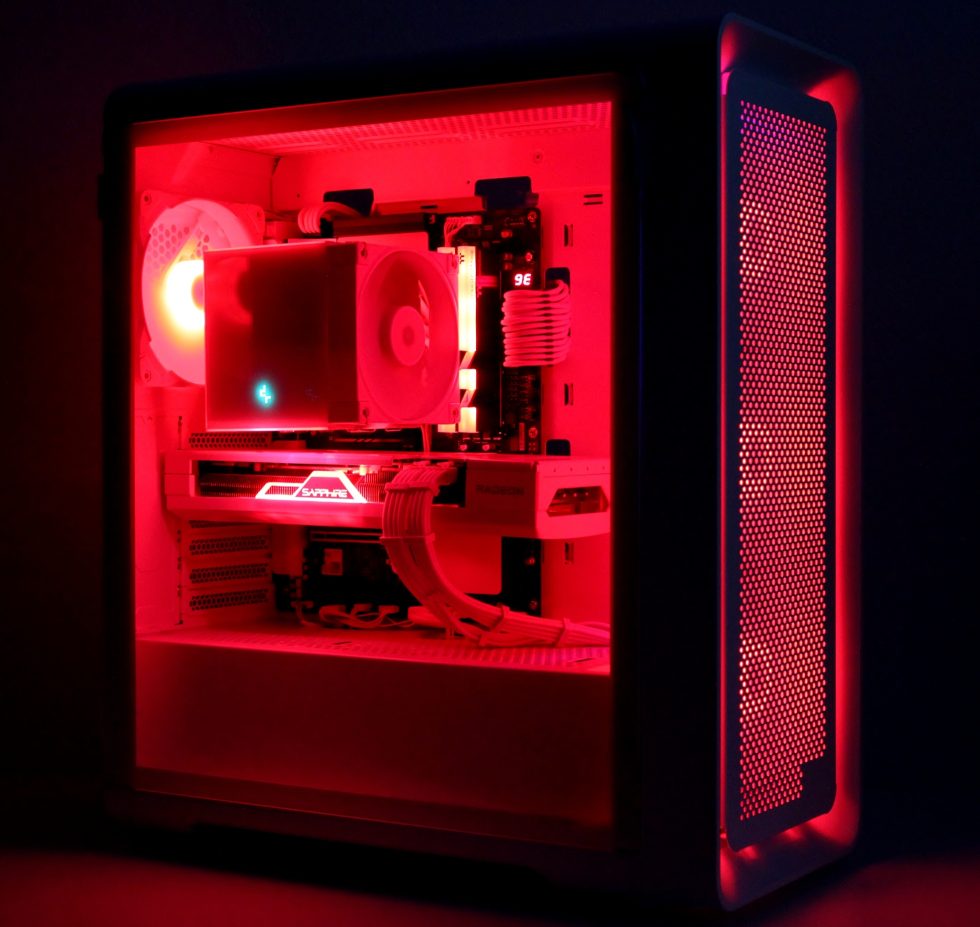
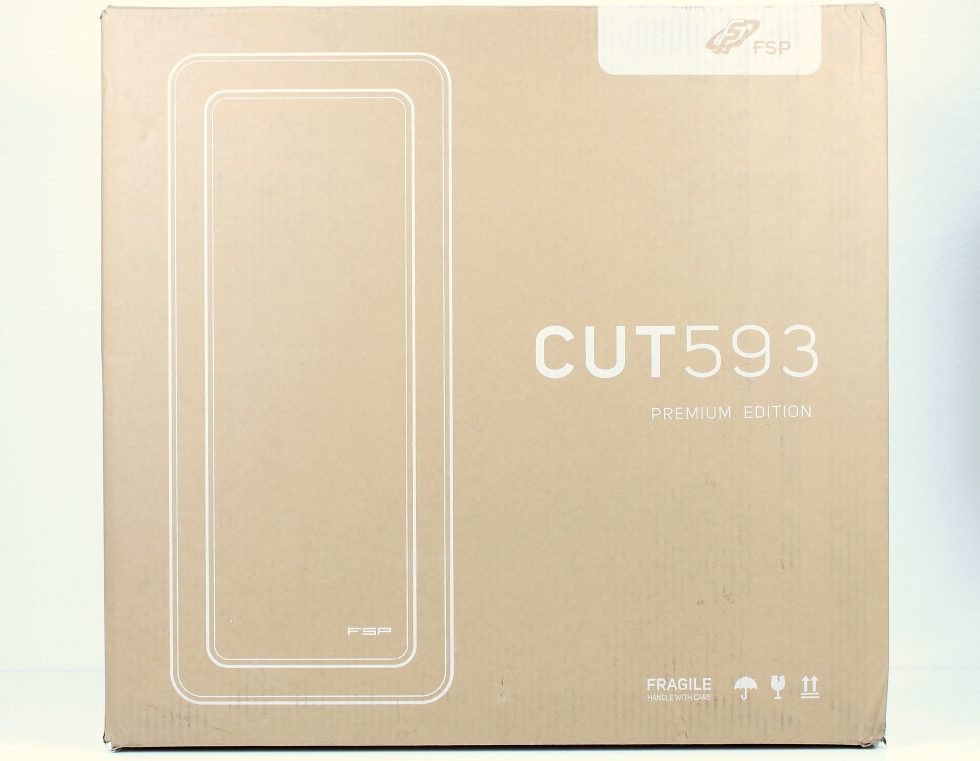
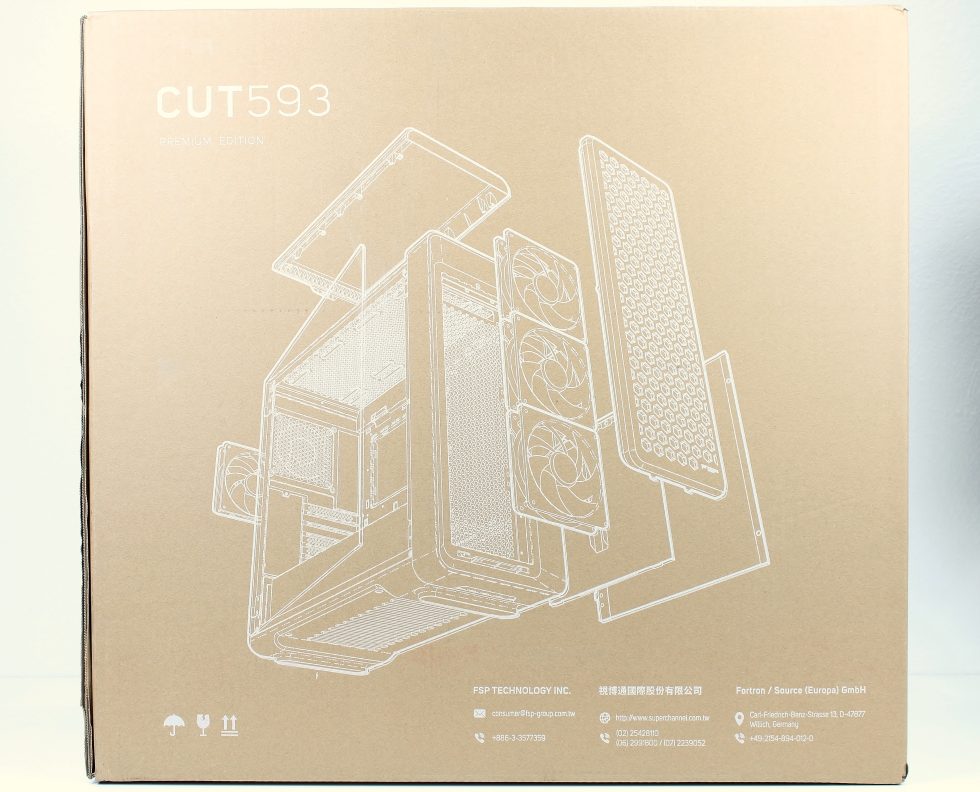
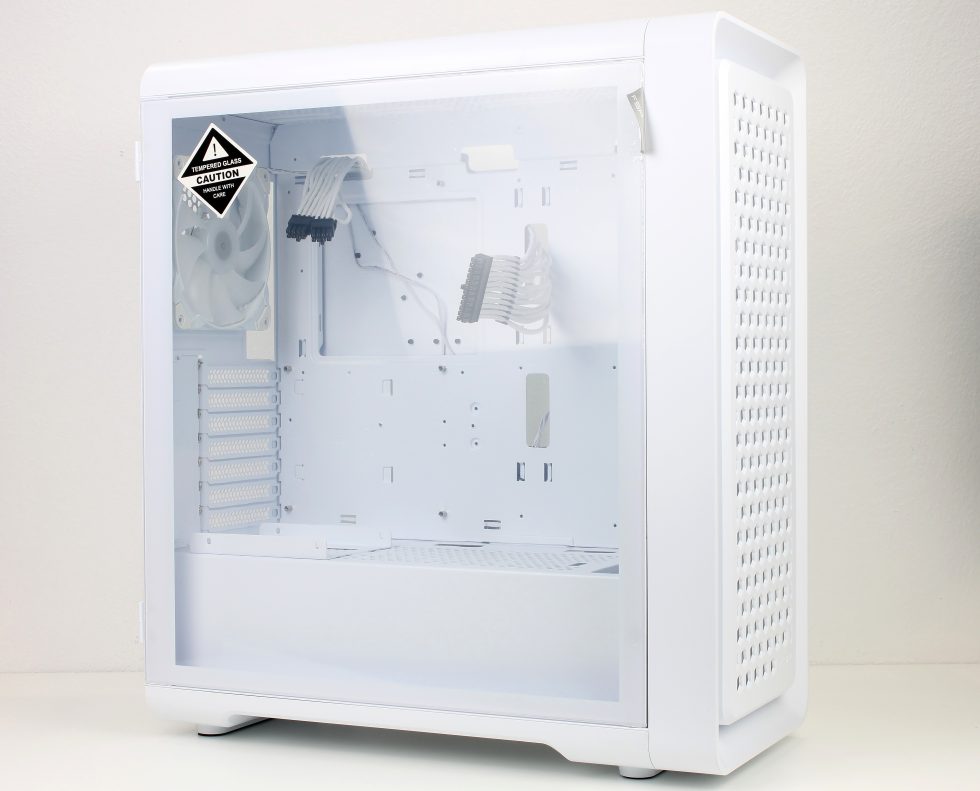
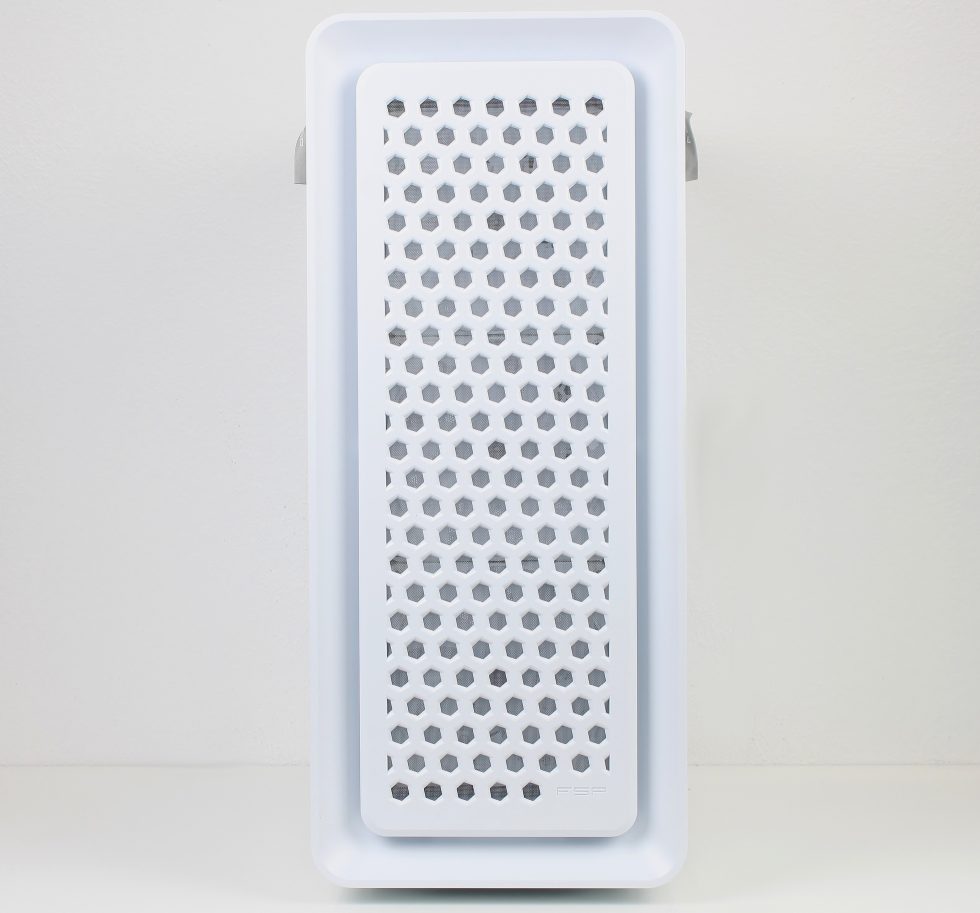
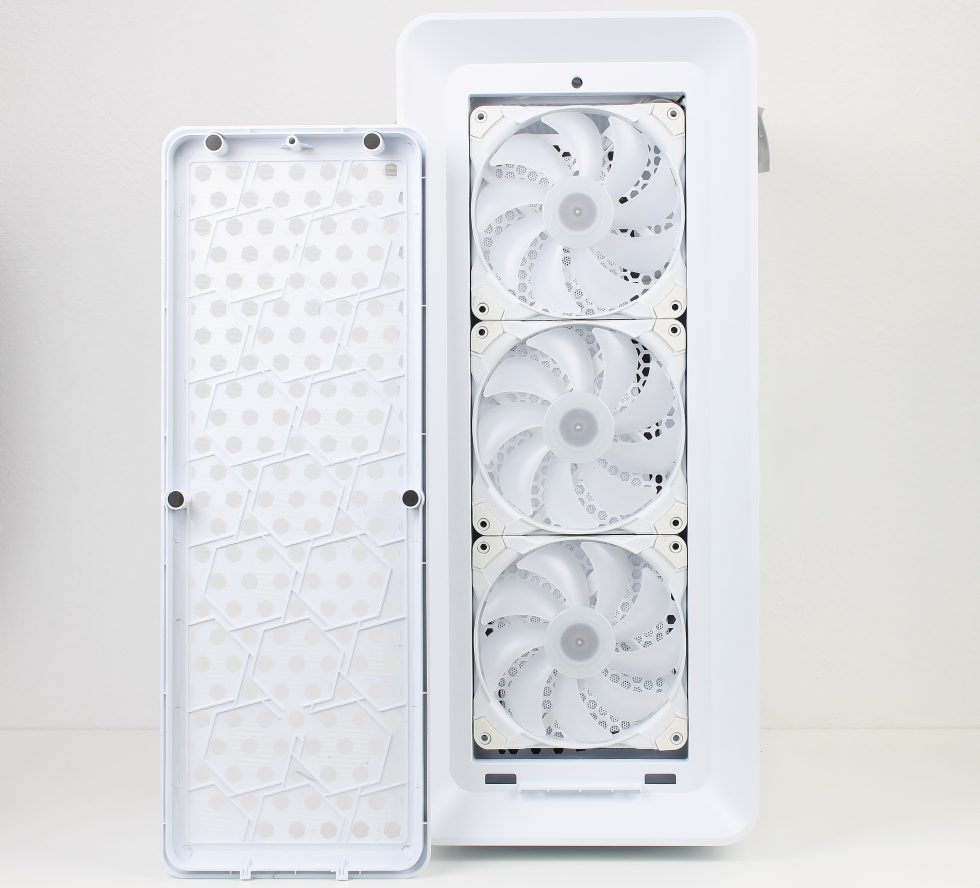
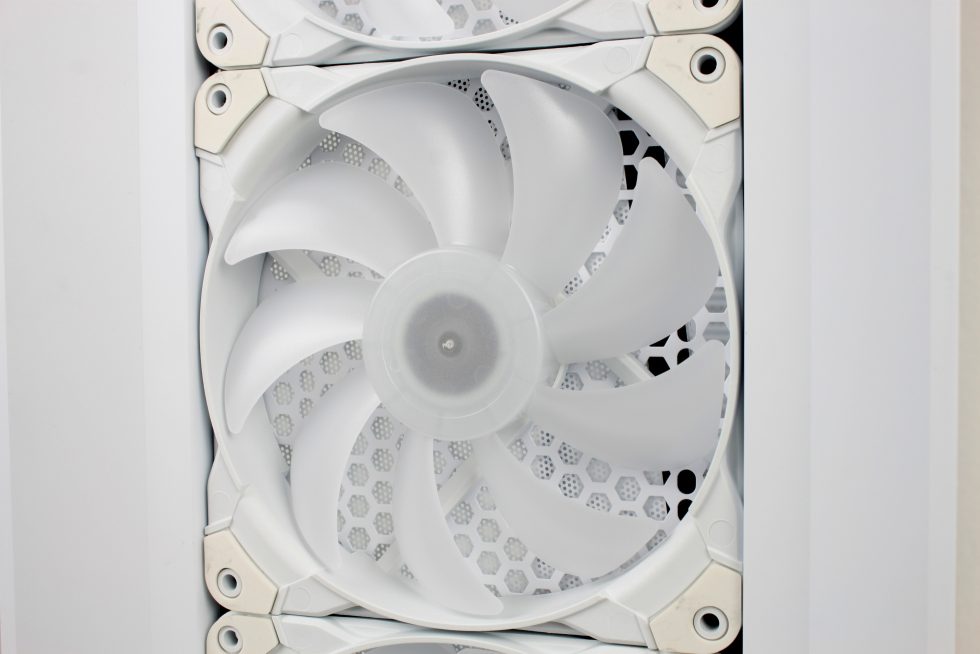
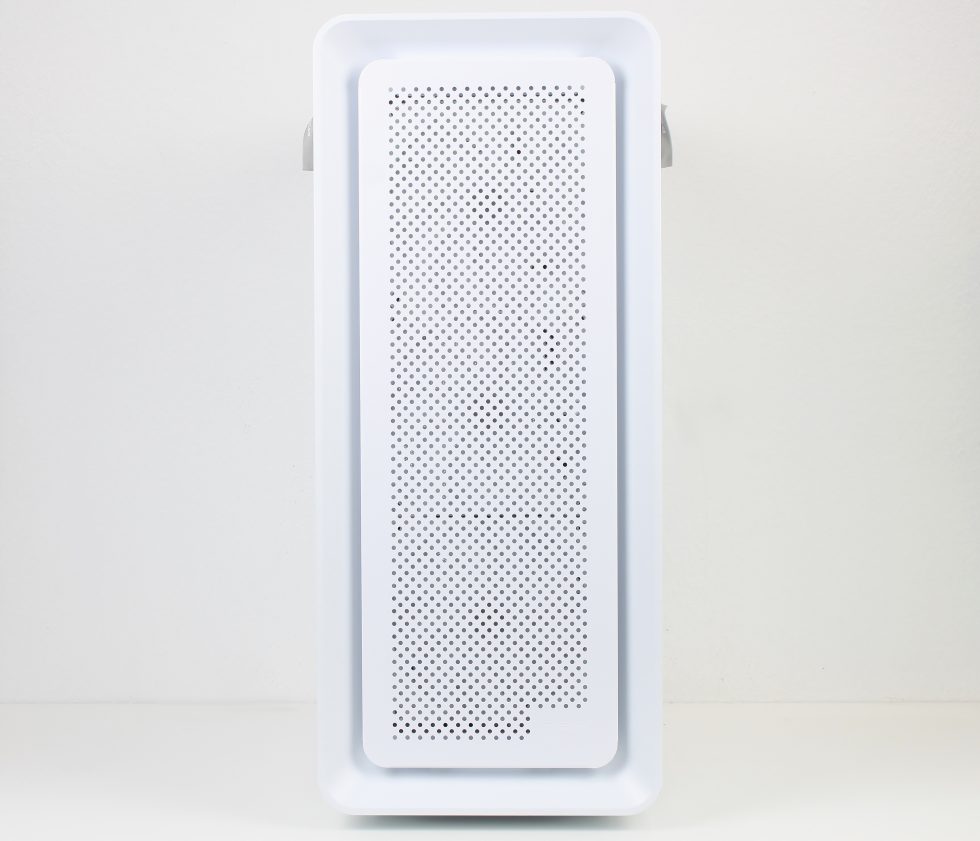
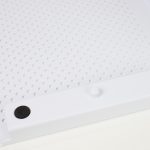

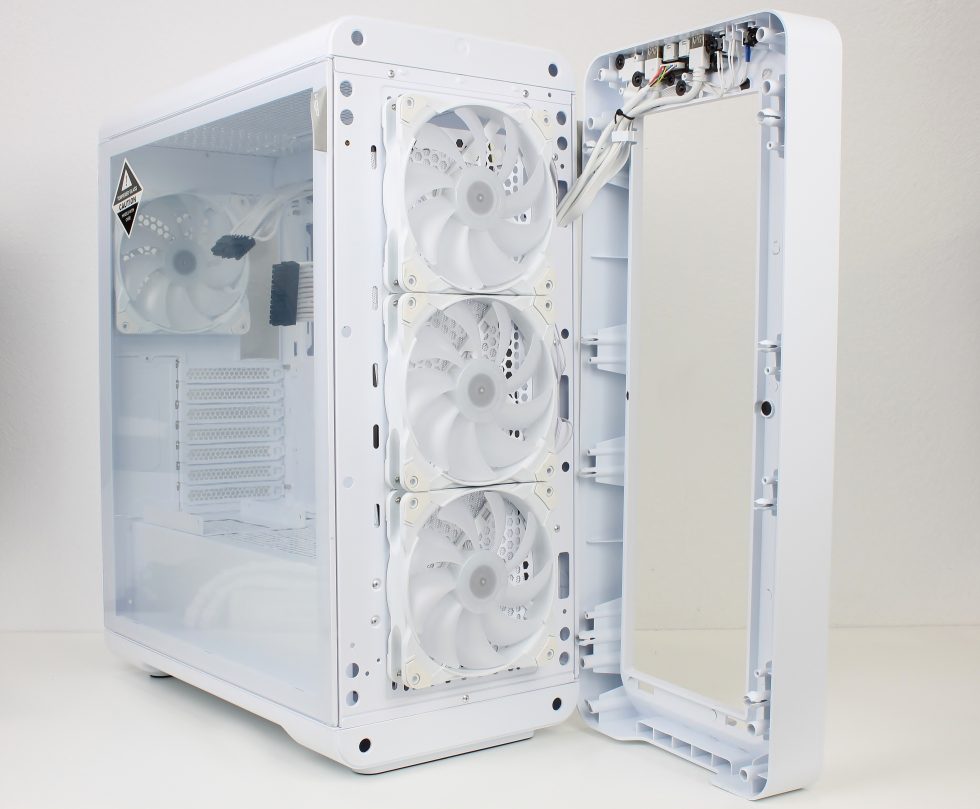
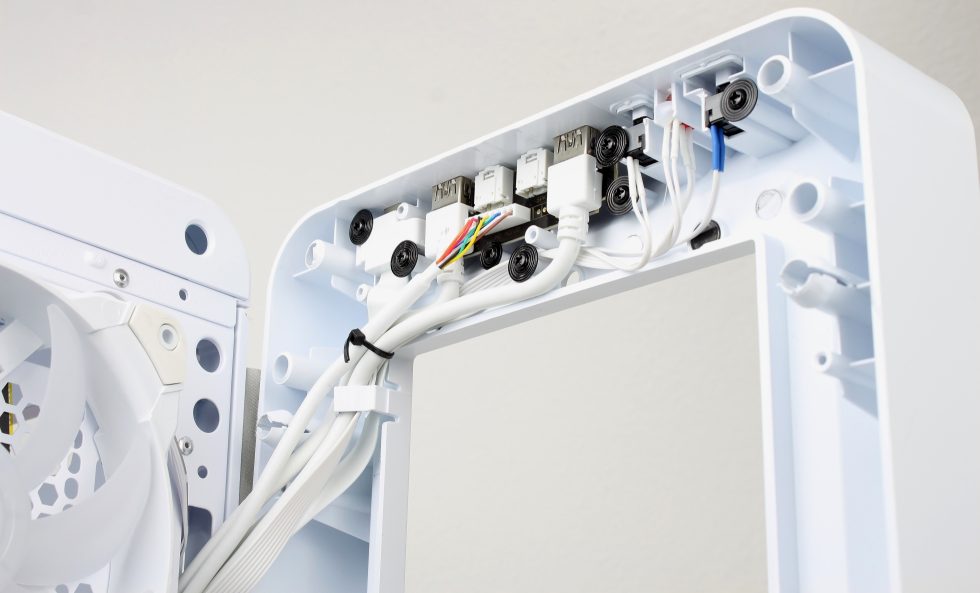
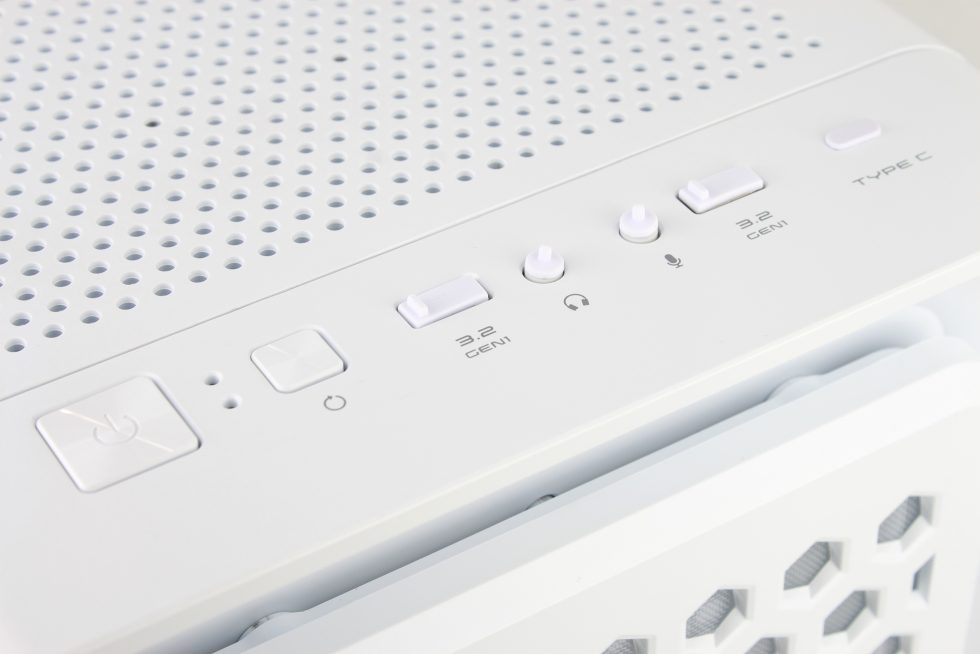
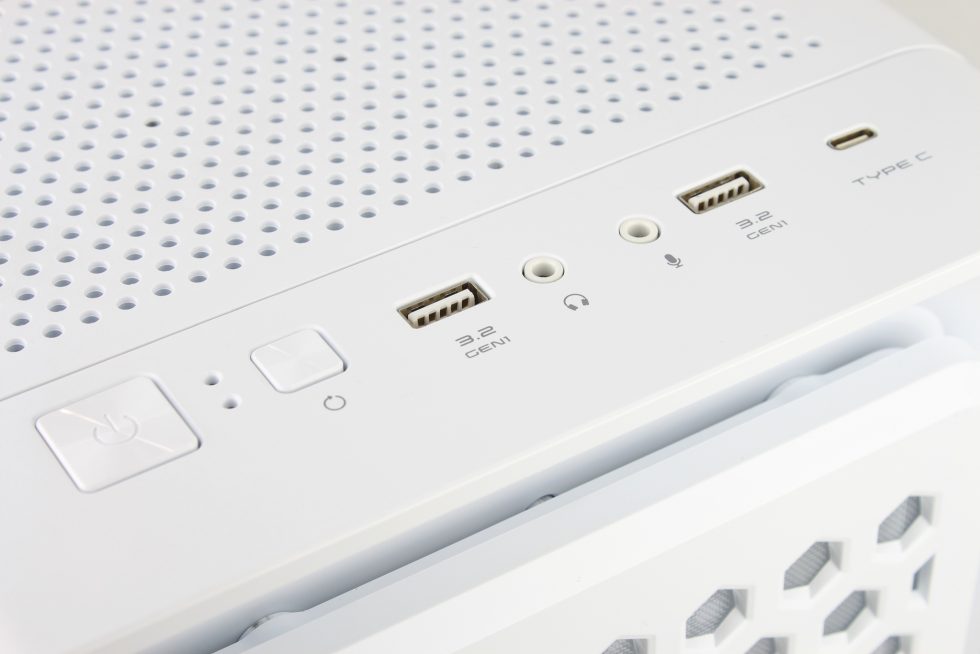
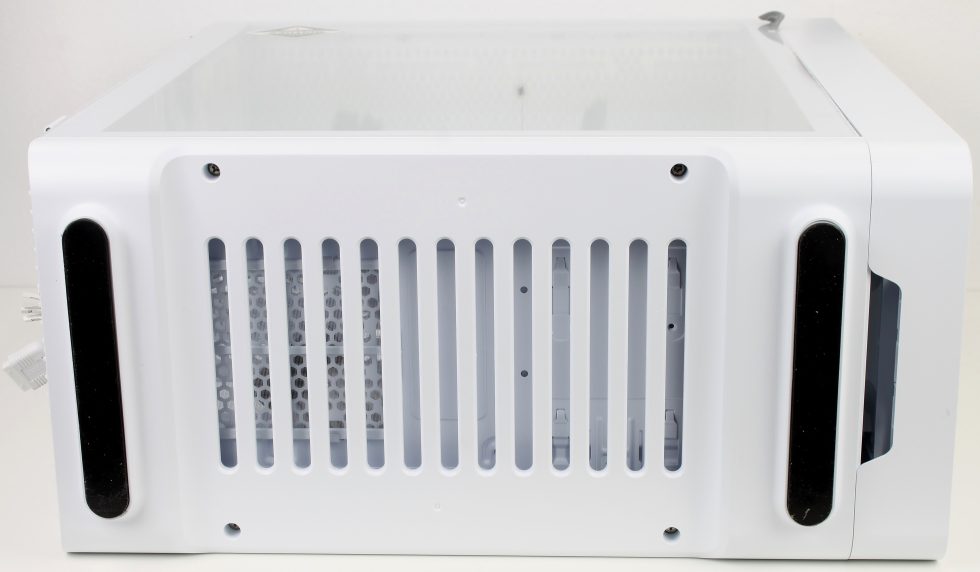
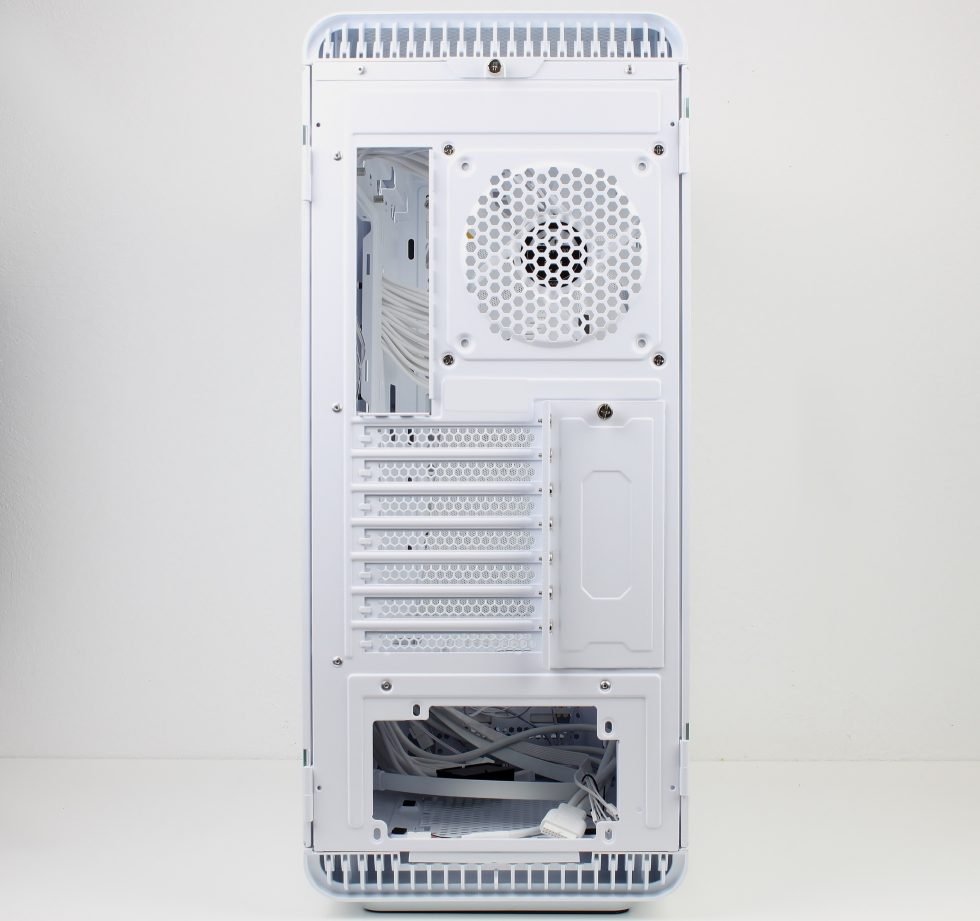
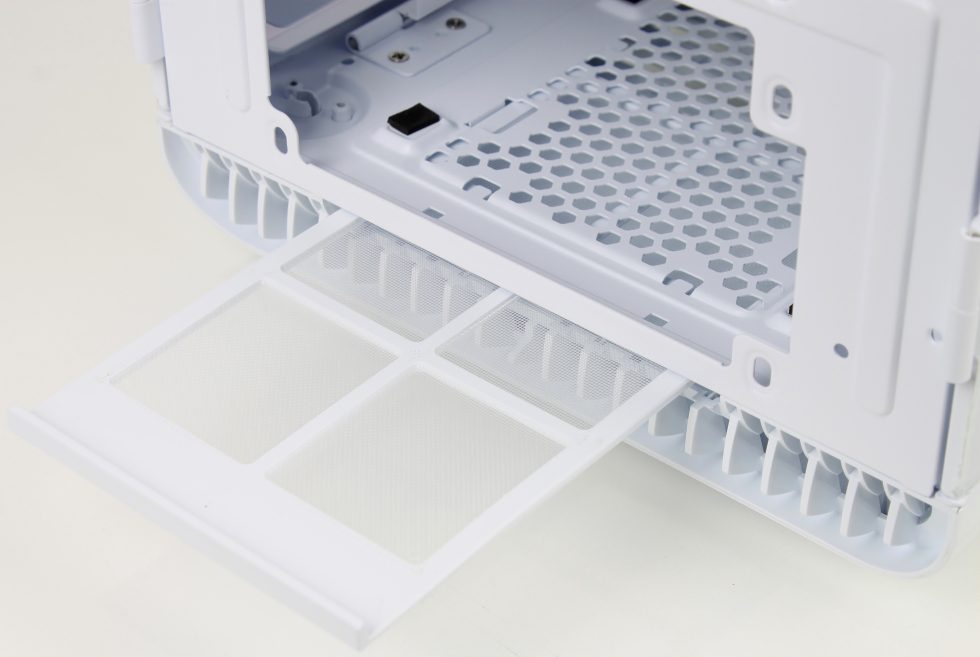
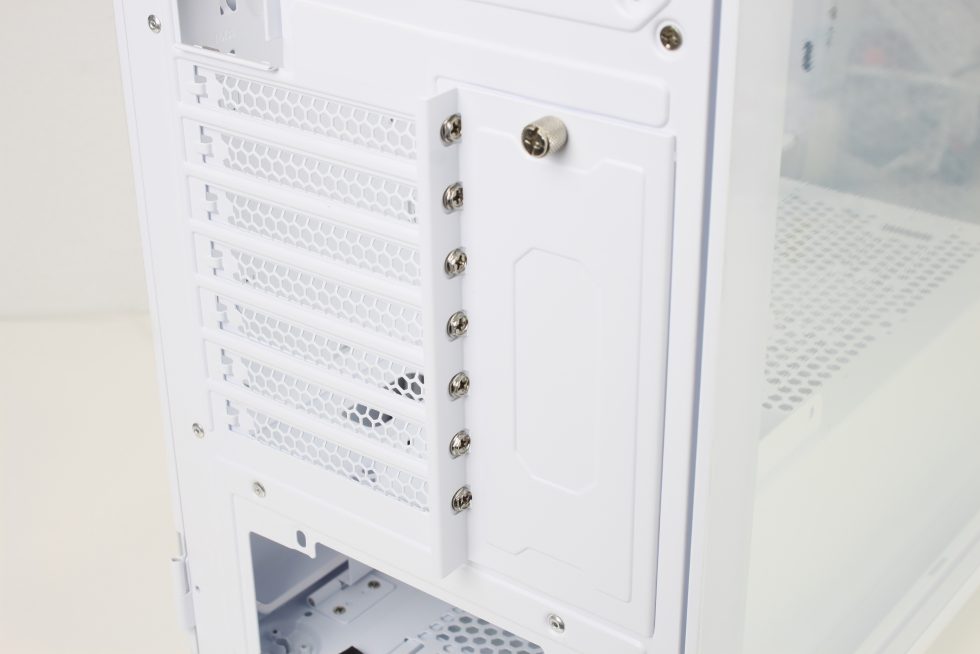
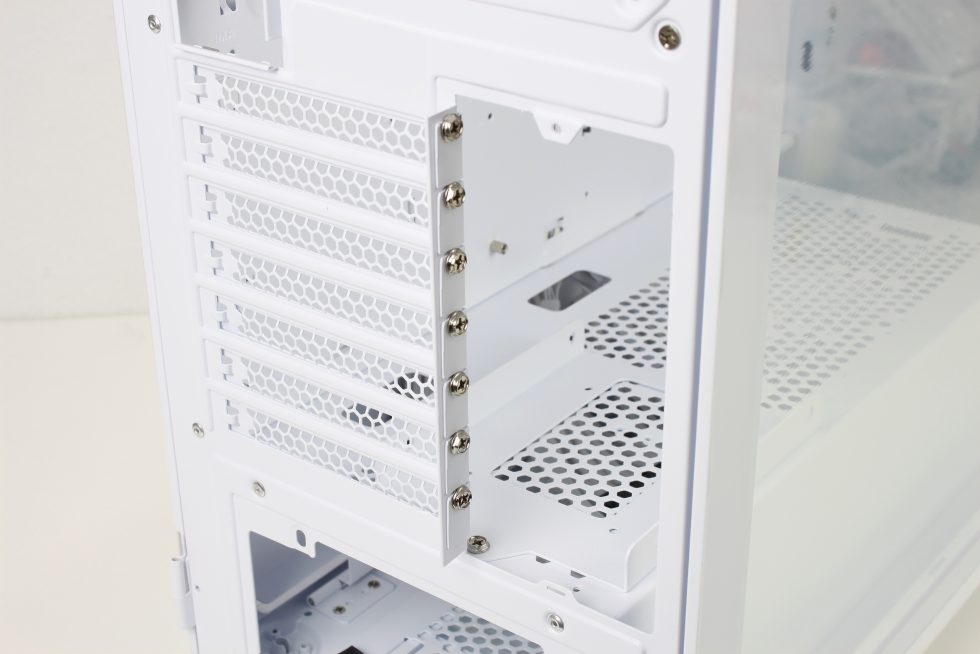
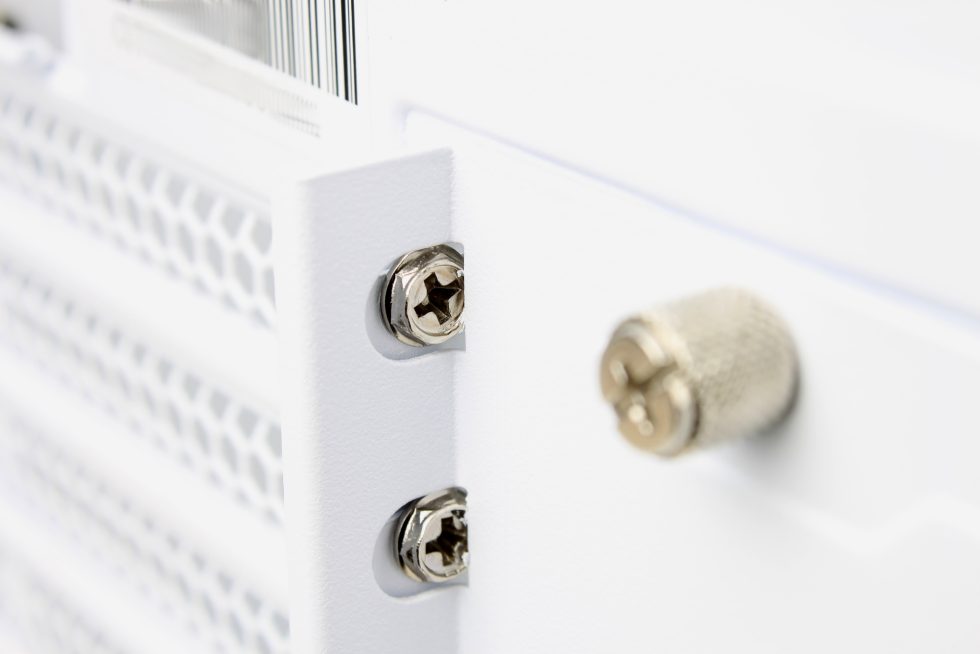
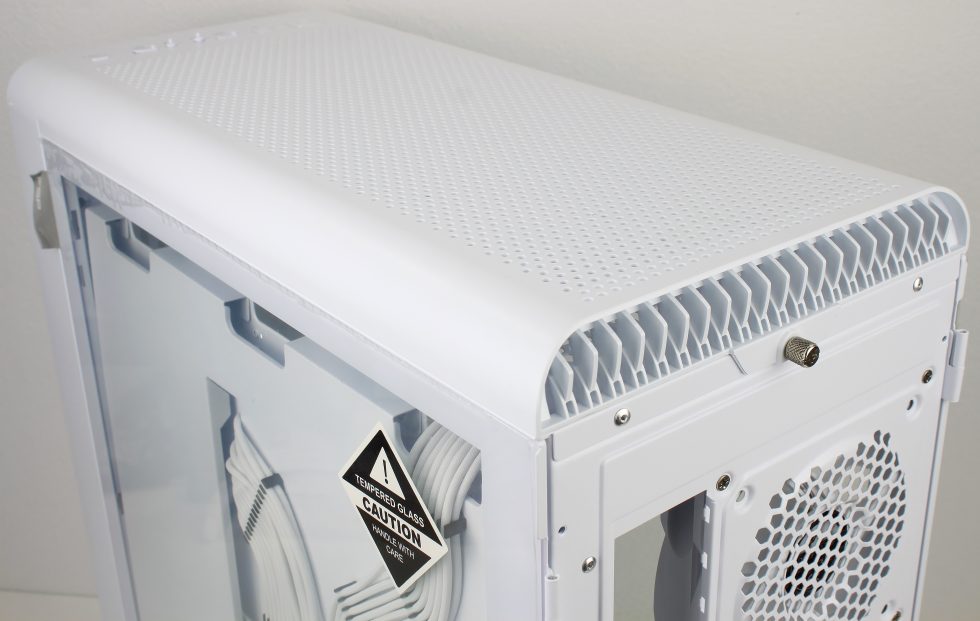
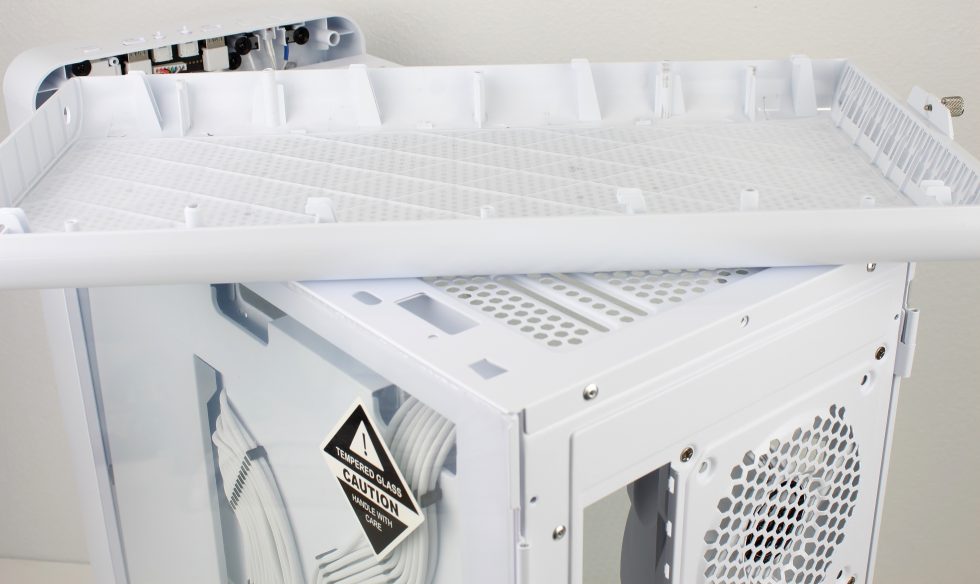
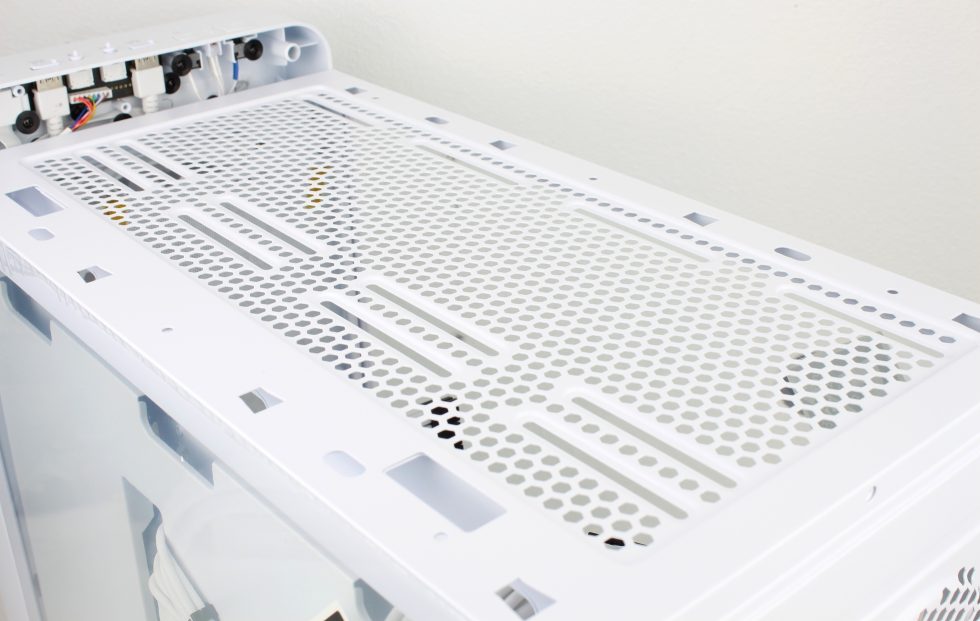



















12 Antworten
Kommentar
Lade neue Kommentare
Veteran
Moderator
Urgestein
Veteran
Mitglied
Neuling
Veteran
Neuling
Veteran
Urgestein
Mitglied
Alle Kommentare lesen unter igor´sLAB Community →